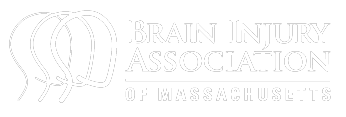Neurologic Music Therapy (NMT)® provides specific, individualized, and standardized interventions for those affected by neurologic injury or disease. NMT differs from traditional Music Therapy as it views music not as a social science model, but as a neuroscience model, where music is a hard-wired brain language.
WHAT IS NMT?
The therapeutic application of music to cognitive, sensory, and motor dysfunctions due to neurologic disease of the human nervous system. Treatment techniques are based on the scientific knowledge of music perception and production and the effects of nonmusical brain and behavior functions.
NMT was researched and developed by the R.F. Unkefer Academy of Neurologic Music Therapy®. Formalized training in NMT began in 1999 to advance the professional education and understanding of the scientific and evidence-based practice of NMT. Since then, NMT has seen rapid growth in healthcare.
HOW IT WORKS
Rooted in neuroscience research, NMT is designed to address the unique needs of individuals across a wide spectrum of cognitive and functional abilities. By utilizing structured music-based interventions, NMT harnesses the power of neuroplasticity to improve communication, cognition, emotional expression, motor skills, and more. This versatile therapy is beneficial for various individuals, particularly those with neurological disorders and diseases.
Speech & Language
Common injuries and diseases associated with loss of speech and language include, but is not limited to: aphasia, apraxia, and dysarthria.
NMT helps to reverse the damage done through a series of specialized interventions, including Musical Speech Stimulation (MUSTIM)™ , Melodic Intonation Therapy (MIT), Rhythmic Speech Cueing (RSC)™, and more.
“About 1 third of stroke survivors have Aphasia, an impairment of language. “
The National Aphasia Association
Sensorimotor
Neurologic Music Therapy can provide improved outcomes for movement in a range of categories, including Gait Training. The Case Study shown is one example of outcomes that can be achieved using Neurologic Music Therapy, in comparison to traditional Physical Therapy.
Cognitive
Neurologic Music Therapy can provide improvements in cognition for the following areas:
Arousal/ Awareness
Attention
Memory
Executive Function
Visuospatial Neglect
Meet Peter
When we first met Peter, he had suffered a stroke, which resulted in non-fluent aphasia and apraxia, leaving him unable to speak.We began intensive Neurologic Music Therapy treatment, which consisted of sung personal phrases and . These specific interventions are targeted toward language rehabilitation in Stroke victims. As a result of this therapy, Peter experienced drastic outcomes.
““I have had the privilege of collaborating with Neurologic Music Therapists and have seen firsthand how impactful this therapy can be for patients. As a speech-language pathologist, I’ve observed incredible progress in my patients’ cognitive and linguistic skills through music therapy. The NMT and I worked closely together, tailoring each session to meet the specific goals of our patients. Not only did NMT help improve speech, attention, and memory, but it also provided patients with a sense of joy and confidence that extends well beyond the therapy sessions. The integration of NMT into our approach has created a holistic treatment plan that enhances overall progress, and I’m grateful for the positive outcomes it helped our patients achieve.” ”
Frequently Asked Questions (FAQ)
What is the difference between Music Therapy (MT) and Neurologic Music Therapy? - Traditionally, Music Therapy has been looked at through a social science lens, using music for emotional well-being. Emergence of recent research has shown us that music has a profound effect on the human brain. NMT looks at music from a neuroscience lens and uses standardized interventions to help people recover movement, speech and language, and cognition.
How long does a session of therapy usually last? - Each session is individualized based on the person’s needs. Generally, sessions are 45-60 minutes.
Who does the therapy? - Each therapy session is lead by a board certified music therapist (MT-BC), who is certified in Neurologic Music Therapy (NMT).
Why does there need to be a therapist? Can't I just play music from my digital device? - All interventions are standardized, individualized, and based upon neuroscience research. A therapist is trained in how our brains process certain elements of music, and can change the music accordingly in real time to address target non-musical goals. Also, all interventions are interactive, meaning the clients must be involved in order to be successful. Turning on a radio will not elicit these same results and cannot be changed as clients progress.
What if I do not live near an NMT? -We have several options for patients including outpatient and telehealth!
What does a typical therapy session consist of? - Each session is very different depending on the goals. Sessions may involve singing, walking to live music, playing piano, playing a drum, kicking tambourines, using handbells. It can vary greatly.
Is NMT covered by insurance? Currently, NMT is not a reimbursable service for many insurance providers. There are resources and information we can provide to assist this process.
What services do you offer hospitals? - We partner with leading hospitals to deliver a comprehensive range of services designed to enhance patient care and support healthcare professionals. Our offerings include top-tier clinical care and world-class education and training conducted by our expert team, ultimately improving patient outcomes and experiences. View more here.
How do I get this care? - Contact us at hello@medrhythmstherapy.com with any questions or to coordinate care.



























